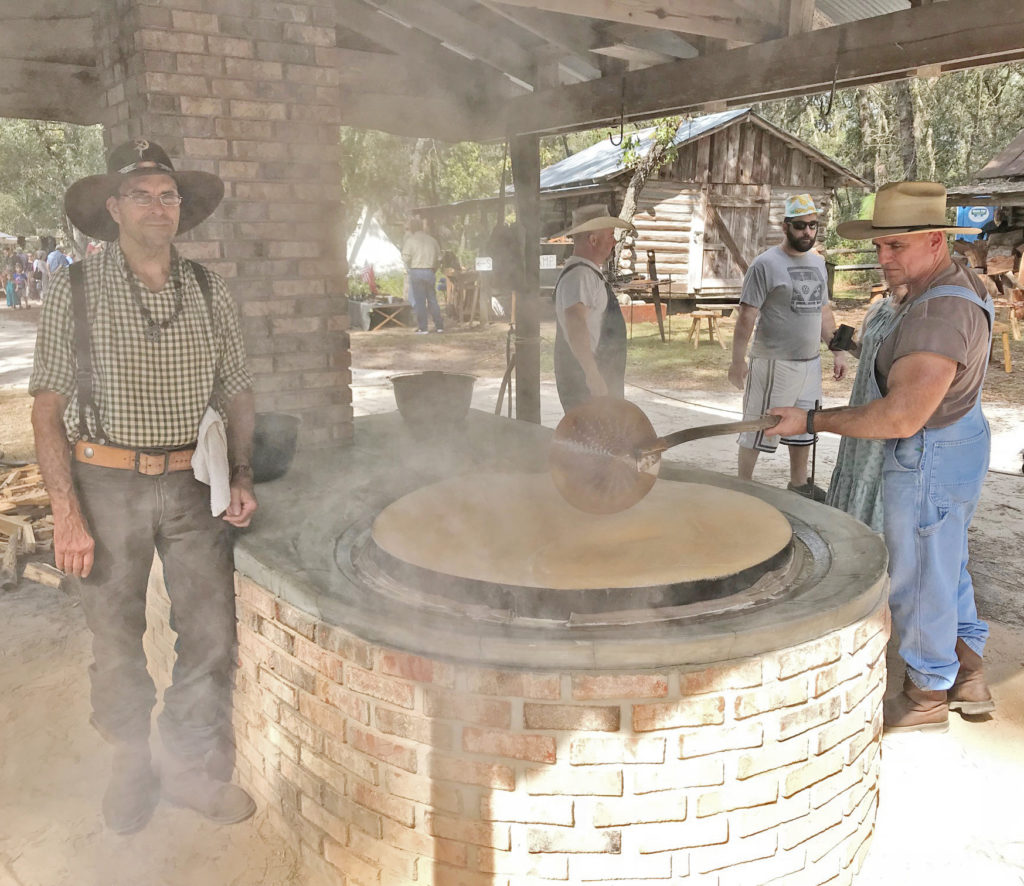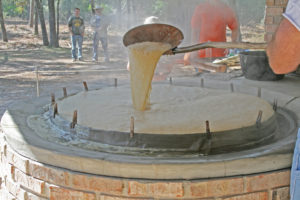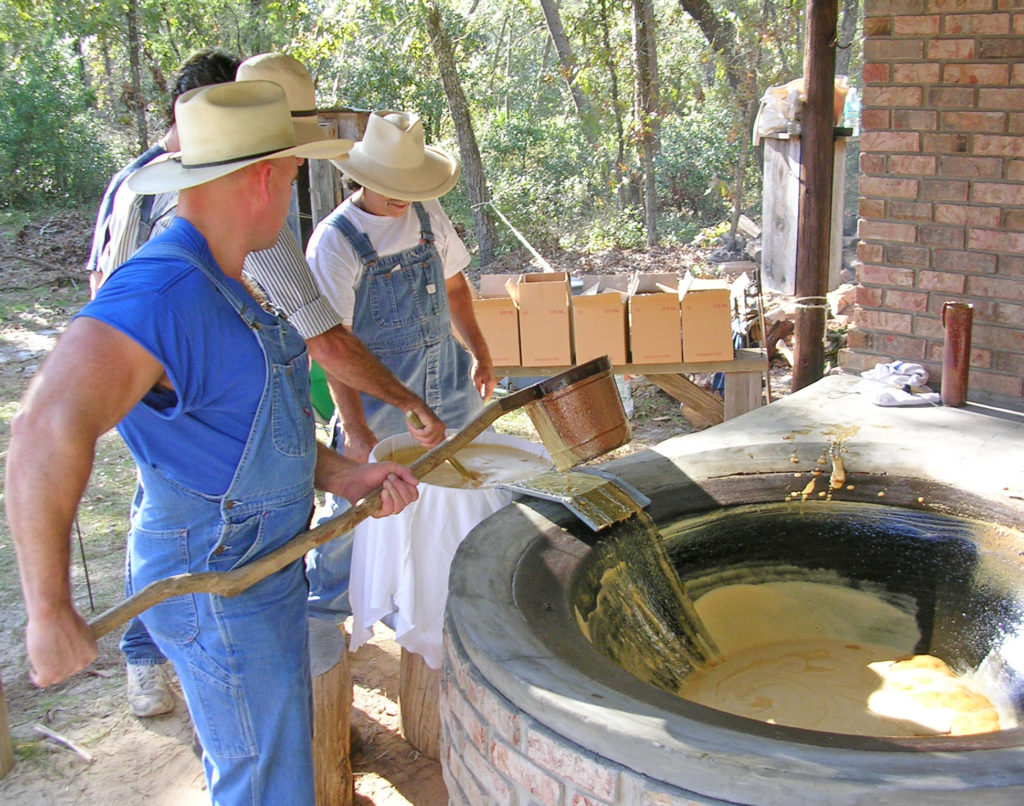
The story of sugar in Florida is as complex as our state and has many twists and turns.
Most of the sugar we consume nowadays comes from sugarcane, although a small percent is produced from sugar beets. Sugarcane is originally from Asia. It is a grass much like bamboo and is vulnerable to freezing, which can make it tricky to grow. However, since pretty much everybody likes sweets, people have tried to grow sugarcane with mixed results for hundreds of years, and Floridians are no exception.
The British brought sugarcane to Florida in the late 1760s and some of the earliest sugar farming endeavors were started near present-day New Smyrna Beach. To successfully grow sugarcane, one needs good soil, plenty of rain and a mild climate. Most of the British sugarcane farming endeavors never reached their full potential. In 1821, Florida became a U.S. territory and wealthy planters from Georgia, the Carolinas and Virginia began to move into the state and start raising sugarcane on a larger scale. Freezes in north Florida pushed most commercial cane production south by the mid-to-late 1800s. Homesteaders and pioneers, however, raised sugarcane as a cash crop and to provide their families with a source of sugar for consumption.

Old sugarcane presses, kettles and even some scattered cane patches can still be found across north Florida, including in northwest Marion County, where the Feaster family continues to make cane syrup, and at Ocali Country Days events at the Silver River Museum & Environmental Education Center in Ocala.
In the past, as now, when sugarcane is harvested in the fall, syrup-making can be a communal and social event. The cut cane is squeezed in a mill powered by a draft animal or motor to produce raw sugarcane juice. The juice is then boiled down into syrup in large cast-iron kettles or, at the Feaster’s Deerfield Farm, in a large custom-made vat. The syrup can be processed further into brown sugar, which is useful for cooking and preserving food. Sugarcane also can be used to make rum, as is produced across the Caribbean.
During pioneer times, sugarcane was the only source of sugar in Florida. Approximately 10 gallons of raw juice was needed to make one gallon of syrup. Cane syrup-making is a sophisticated process that involves the constant monitoring of the temperature, evaporation, thickness and specific gravity of the syrup being cooked. It is easy to burn it or to not cook it properly and end up with a poor batch and a lot of wasted effort.

While old-time Marion County residents continued making cane syrup for themselves on a small scale, the commercial producers who had moved south began to ramp up operations after 1900. During the early part of the 20th century, as the Everglades were drained with canals and areas just south of Lake Okeechobee became tillable farmland, commercial sugarcane production increased dramatically. By this time, most of the commercial growers had moved to south Florida because of the warmer winters and abundant rainfall. However, much of the sugar coming into Florida at this point was still being imported from Cuba. The import of Cuban sugar ended in 1960 when the U.S. began a trade embargo following the Cuban revolution the previous year.
Revolutions often create opportunities and the Cuban uprising was no exception. The U.S. embargo jump-started commercial production in Florida and gave rise to “Big Sugar,” which continues to cast a long shadow across the state. Sugarcane is a major part of our state’s economy, providing numerous jobs and valuable income, but this bounty comes at a cost: damaging environmental pollution in the form of nutrient-rich runoff into the waterways.
The sweet stuff remains the most valuable field crop in the Sunshine State. Florida is the largest producer of sugar in the United States and much of the sweet white crystals we crave have humble beginnings in the old muck fields near Lake Okeechobee. The next time you enjoy something made better with sugar, remember that history can be sweet. OS
Scott Mitchell is a field archaeologist, scientific illustrator and director of the Silver River Museum & Environmental Education Center, located at 1445 NE 58th Ave., Ocala, inside the Silver River State Park. To learn more, go to silverrivermuseum.com.






